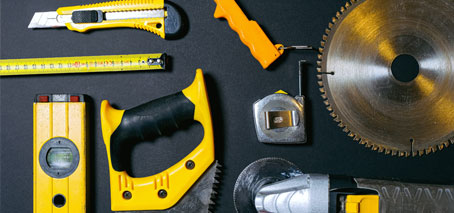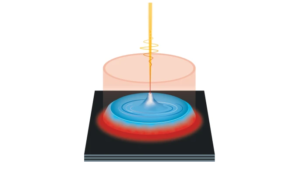A ‘pumped’ laser can be used to trap and manipulate an exciton-polariton condensate.
These quantum fluids, which can behave as a resistanceless superfluid in certain conditions, need continuous replenishing, with the pumping laser supplying both a reservoir of electrons and confining force.
“The pumping laser can trap the quantum fluid as the particles are repelled from the pump region, similarly to the way the walls of a cup confine water,” explains FLEET Research Fellow Dr Eliezer Estrecho (ANU).
Eli has just written an explainer on the process of laser trapping and manipulation for the Nature Review Physics series ‘Tools of the Trade’.
The new series plans to spotlight a number of scientific methods for a wide audience, covering both experimental and theoretical/computational techniques.
Eli’s article Laser trapping and manipulation of exciton–polariton quantum fluids explains that the technique can be used to create perturbations of the condensate, useful for probing and manipulating the quantum fluid.
“Surprisingly, these laser- based methods of trapping and probing the exciton- polariton quantum fluid are easy to implement,” says Eli. “A metal sheet with holes or a digital micromirror device can be used as a beam shaping mask which can be directly imaged onto the sample, without the use of sophisticated and expensive spatial light modulators. In addition, a top hat beam shaping lens can greatly improve the intensity profile of the illumination.”
Look for future FLEET articles in the series, and follow Nature Physics Review’s twitter feed for more pieces on different techniques.
Eliezer Estrecho studies the behaviour of exciton-polaritons as part of FLEET’s research theme 2, exciton superfluids, working with Elena Ostrovskaya at the ANU. He is currently studying condensation of polaritons in gallium-arsenide-based microcavities using single-shot experiments and large optically induced traps. He is also working on creating polariton condensates using atomically-thin materials.
The Centre for Future Low-Energy Electronics Technologies (FLEET) is a collaboration of over a hundred researchers, seeking to develop ultra-low energy electronics to face the challenge of energy use in computation, which already consumes 8% of global electricity, and is doubling each decade.


